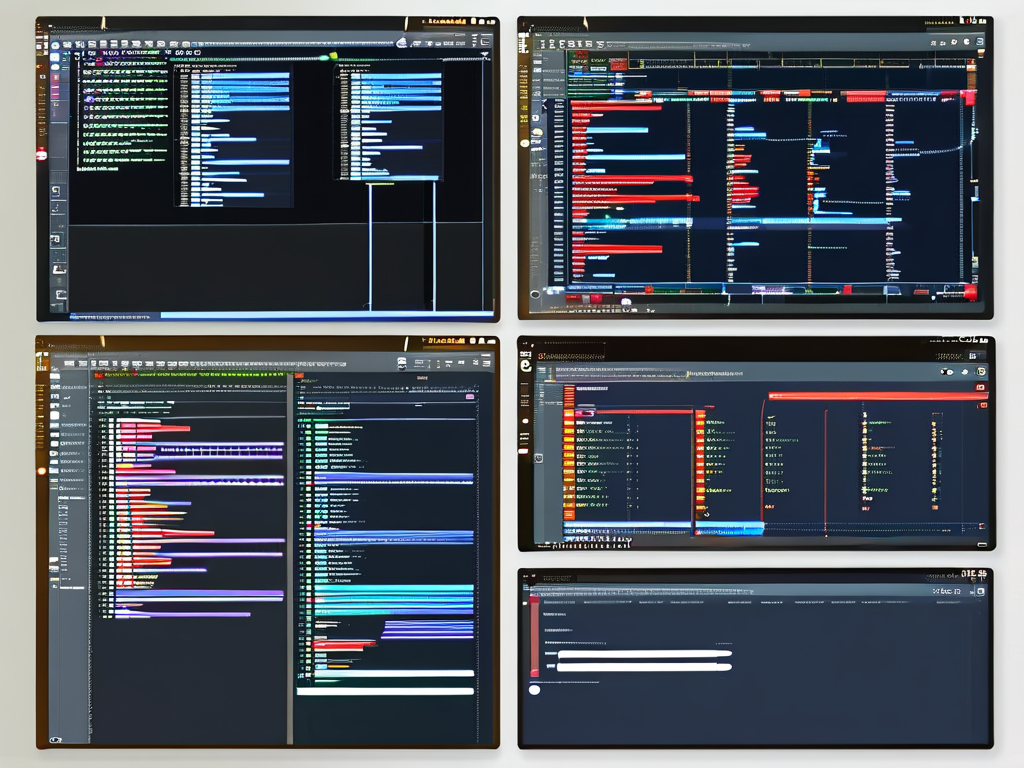In the evolving landscape of computer science, selecting the right programming language for algorithm development remains a critical decision for developers. While numerous languages exist, a few have emerged as dominant choices due to their efficiency, flexibility, and ecosystem support. This article explores the most widely used languages for algorithm implementation and analyzes their strengths in real-world scenarios.

Python continues to dominate algorithmic research and prototyping. Its minimalist syntax allows developers to focus on logic rather than boilerplate code. For instance, implementing a binary search tree requires fewer lines compared to lower-level languages:
class Node:
def __init__(self, key):
self.left = None
self.right = None
self.val = key
def insert(root, key):
if root is None:
return Node(key)
else:
if root.val < key:
root.right = insert(root.right, key)
else:
root.left = insert(root.left, key)
return root
The language's rich library ecosystem (NumPy, SciPy) makes it ideal for machine learning algorithms. However, Python's interpreted nature introduces performance limitations for compute-intensive tasks like graph traversal algorithms at scale.
C++ maintains its stronghold in performance-critical systems. Game engines and high-frequency trading platforms leverage its speed for pathfinding algorithms and real-time data processing. The Standard Template Library (STL) provides optimized implementations of essential data structures:
#include <algorithm>
#include <vector>
void quickSort(std::vector<int>& arr, int low, int high) {
if (low < high) {
int pi = partition(arr, low, high);
quickSort(arr, low, pi - 1);
quickSort(arr, pi + 1, high);
}
}
While requiring meticulous memory management, C++ delivers unparalleled execution speed for algorithms like Dijkstra's shortest path or dynamic programming solutions.
Java remains prevalent in enterprise environments due to its platform independence and multithreading capabilities. The Collections Framework simplifies implementation of complex algorithms:
Map<String, Integer> frequencyMap = new HashMap<>();
for (String word : words) {
frequencyMap.put(word, frequencyMap.getOrDefault(word, 0) + 1);
}
This object-oriented approach benefits distributed systems handling sorting algorithms across large datasets. However, Java's verbosity sometimes hinders rapid prototyping compared to Python.
Emerging contenders like Julia are gaining traction in numerical computing. Its just-in-time compilation combines Python-like syntax with C-level performance, particularly advantageous for matrix operations in neural network algorithms. A matrix multiplication benchmark shows Julia completing the task 30x faster than pure Python implementations.
The choice ultimately depends on specific requirements. Python excels for experimental algorithm design and data analysis, while C++ shines in resource-constrained environments. Java balances maintainability and performance for enterprise-scale systems, and newer languages like Julia address specialized computational needs.
Developers must consider factors beyond syntax, including community support, debugging tools, and integration capabilities. Hybrid approaches are becoming common, such as using Python for prototyping before implementing performance-critical components in C++. As quantum computing advances, languages like Q# may redefine algorithmic programming paradigms in coming years.
Understanding these language-specific advantages enables programmers to select optimal tools for implementing sorting algorithms, machine learning models, or cryptographic systems. Regular evaluation of emerging technologies ensures alignment with evolving computational demands across industries.









